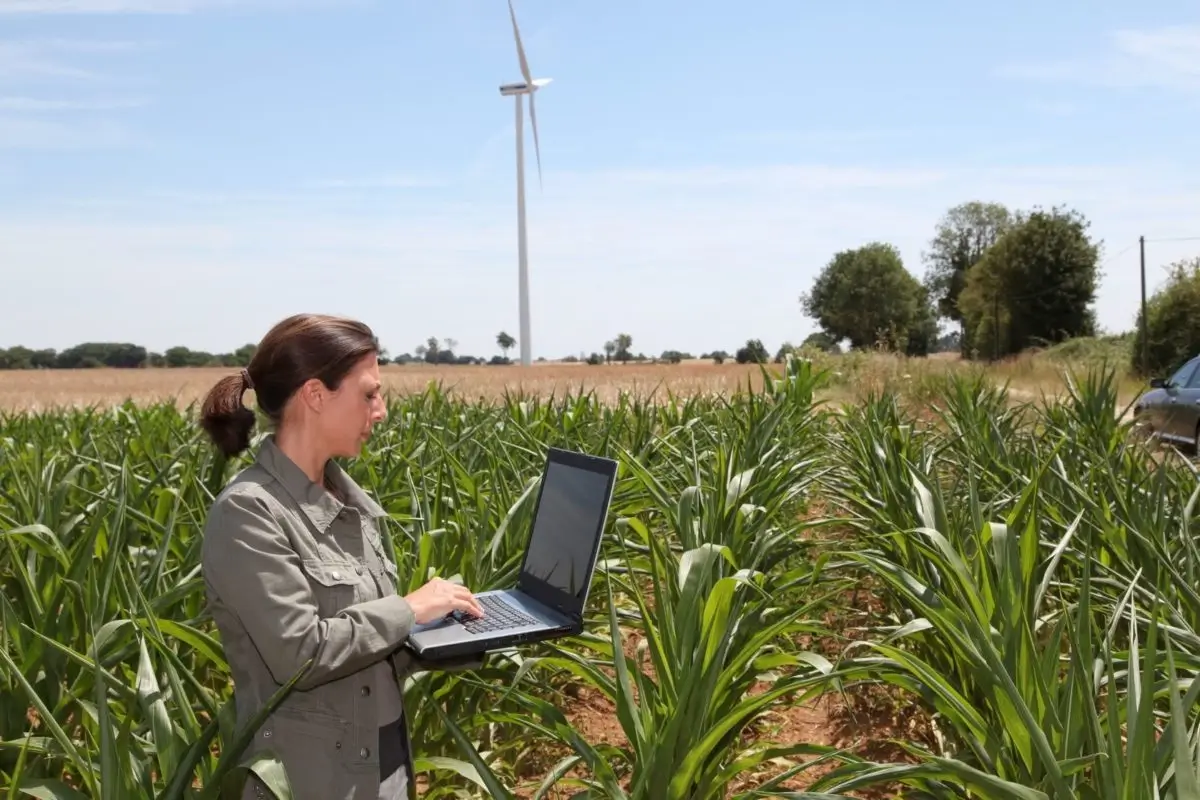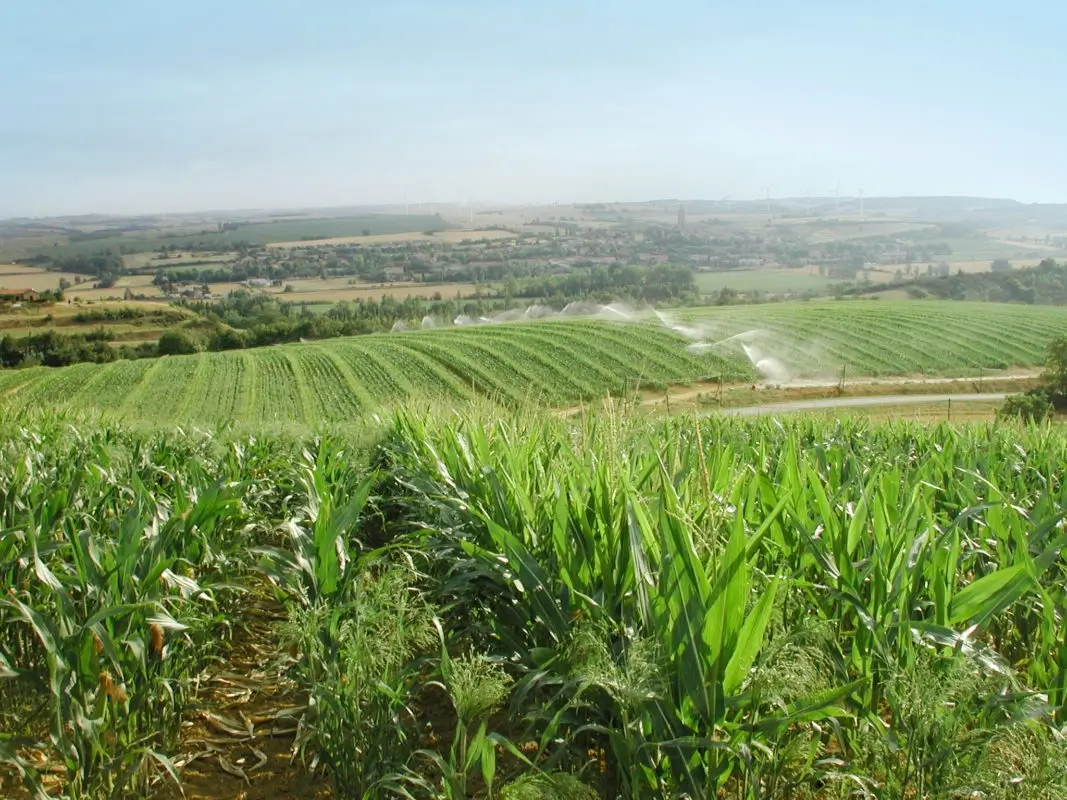Environment
Agriculture must fully play its role in meeting the challenges of climate change and public demand. With its natural characteristics and the efforts of plant breeders, maize cultivation has much to offer. It should be established as a true partner in the agro-ecological transition.

Limiting agricultural inputs
On the European continent, farmers grow maize in the spring. This allows diversification of species in crop rotations at farm scale.
This diversity is essential from an agricultural and ecological point of view in relation to the challenge of maintaining biodiversity. Advances in genetics have contributed substantially to reducing the susceptibility of varieties to pests and diseases.
The use of biological control solutions has proved its worth over the last few decades. In addition, mechanical weeding tools can be used with widely-spaced rows of plants. This agricultural solution is widely practised by farmers.
This range of possibilities reduces the use of agricultural inputs in crops and crop rotations.
Climate benefits
Maize belongs to the so-called C4 family of plants. In hot and dry environments, this is a competitive advantage over so-called C3 plants such as straw cereals, as it loses less water through evapotranspiration.
Contrary to popular belief, maize needs less water to complete its cycle than wheat or soya (238L for 1 kg of fodder maize and 454L for 1 kg of grain maize, compared with 590L for 1kg of wheat and 900L for 1 kg of soya).
Advances in genetics have also led to the introduction of earlier flowering varieties; flowering is a key stage for yield development. These varieties can thus avoid dry periods.
Another feature of the C4 family of plants is their ability to capture atmospheric CO2. Maize is therefore highly effective for natural carbon sequestration. It is estimated that the crop captures 4 to 8 times more CO2 than it emits in its production. It contributes in this way to carbon storage in the soil.

Source of energy
In Europe, the main market for maize is animal feed. But this is not its only market. The crop has become essential for green energy generation because maize has the best methane generating power among cultivated species and is highly productive in terms of dry matter per hectare.
It is therefore technically and economically invaluable for biogas production. Storage in silos also provides a convenient and safe way to supply methane digesters. Maize cultivation thus contributes to the diversity of the energy mix and reduces our dependence on fossil fuels.

